*Trigger/Trauma alert- this post contains an account of pet loss and may trigger deep-seated emotions.
September 12th was National Pet Memorial Day. It is a day set aside each year on the second Sunday of September to honor those pets who have crossed over the Rainbow Bridge.
You may be wondering why a pediatrician, professional health advocate, and speaker is writing a blog post about pets. This is where I typically post about how to understand and navigate the healthcare system. National Pet Memorial Day may seem off-topic, but after my family’s recent experience with the passing of our dog I felt compelled to share.
Oreo was our beloved black and white Cocker-Poo. We welcomed him into our home in July 2005 as a 6 ½-week-old adorable 3-pound ball of black and white fur. It was my idea to get a dog for our two young children, ages five and 10 at the time.
The inspiration came from our oldest daughter’s 4th grade teacher, who had a picture of her Cocker-Poo on her desk and shared that he was a great dog for kids. Additional research revealed that this breed of dogs is “hypoallergenic” (if you believe in such things) and that they don’t shed. SOLD! While my husband initially protested a bit, the moment Oreo came home we were all instantly in love.
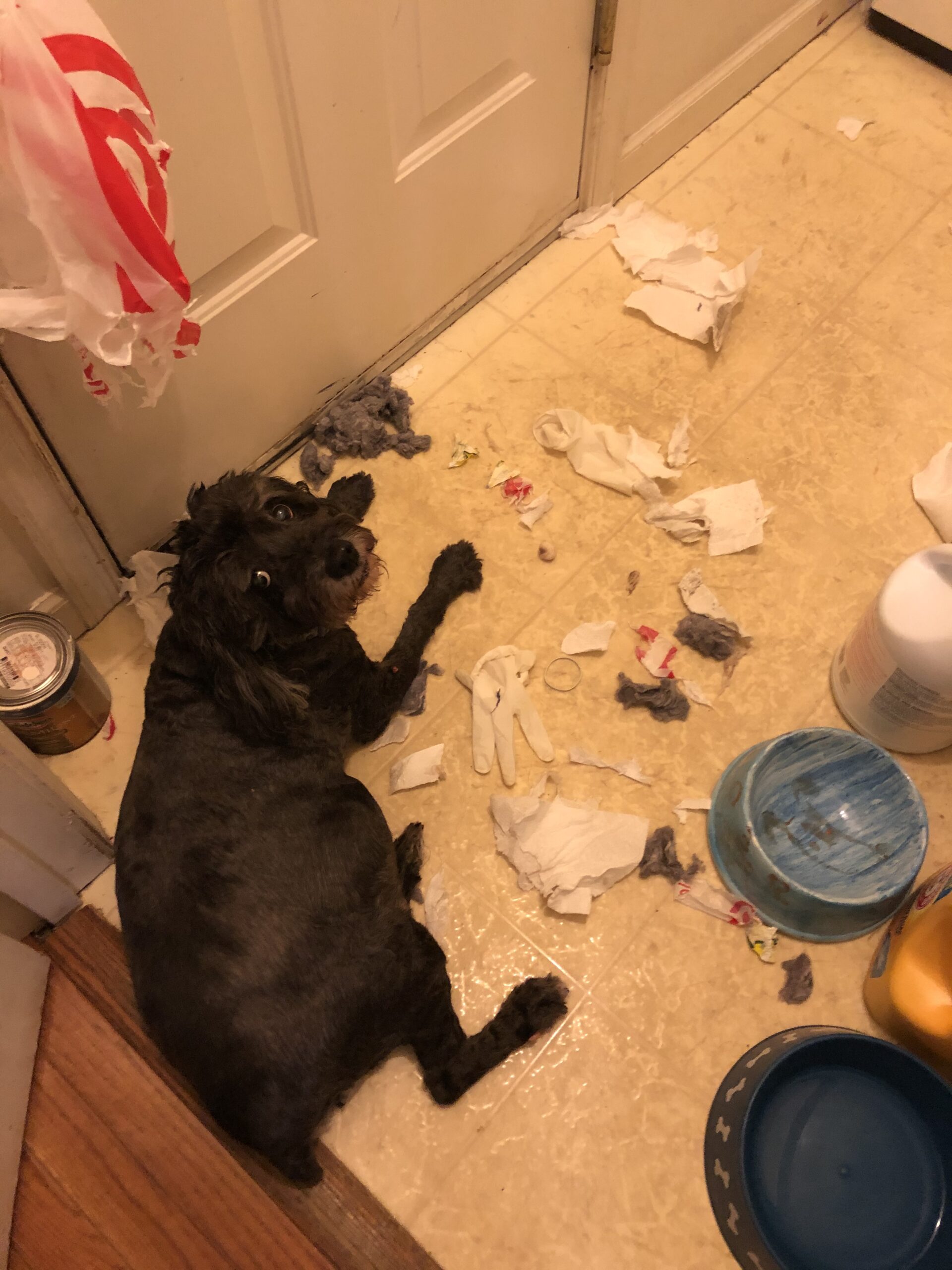
Life with Oreo was fun and exciting. Life with Oreo was also annoying, mostly for me. LOL. He was mischievous at times and knew how to push my buttons. But we would all agree that Oreo gave much more to us than we could have ever given to him.
2020 was a rough year for everyone and it was definitely a challenge for Oreo. As he approached 15 years of age he began to suffer from intermittent neurologic episodes, each of which left him weaker and less spry than the one before. By March 2021 we began to worry that Oreo’s days were winding down. He started having more accidents in the house and his back legs struggled to support his weight for long periods of time.
By May, he began having occasional falls. When the episodes were severe, we would take him to the Emergency Department, always fearing that he would not recover. But he kept bouncing back.
Just as many of us delayed and postponed routine medical care during the height of the pandemic in 2020, Oreo missed a routine checkup and was overdue for a couple of immunizations. When many of the COVID restrictions lifted in the spring of 2021, I decided it was time to have him evaluated. I reflected on what that evaluation would entail and what made the most sense for our “elderly dog” (a designation to which I had to attest every time he was professionally groomed). I had a list of questions in my head- Did he still need routine immunizations? What about blood work? Was a stool sample really necessary? If a serious condition was revealed, what would we do about it?
Because I work with aging individuals and their caregivers and have also had to face end-of-life conversations with my own family members (most notably my late mother), my approach to Oreo’s visit with the veterinarian was to center his comfort, based on my innate knowledge (and fear) that he likely didn’t have much time left.
But there was a huge elephant in the proverbial room, something we don’t routinely face in the care of humans: the idea of euthanasia. Of course, we all wanted him to stay alive for as long as possible, but none of us wanted Oreo to suffer. I had no prior experience having to make this type of decision and found it to be nearly impossible. I needed the help of a professional- his veterinarian.
I took Oreo to see his primary veterinarian on 5/10/21 for a full check-up and to discuss goals of care. I immediately noticed the difference in his behavior while we sat in the waiting room. Instead of curiously exploring every corner and sniffing the scent of the pets who visited before us, he sat calmly and patiently at my feet. The scale confirmed what we had noticed over the previous couple of months – he had lost a fairly significant
amount of weight.
Our vet had been caring for Oreo for over 13 years and knew him and our family very well. She was extremely compassionate during the visit, as she confirmed our deepest fear -Oreo was nearing the end of his life. She did not provide a timeframe in which she expected him to transition, but she acknowledged my list of concerns and stated that they were consistent with aging and end-of-life. We decided not to administer vaccines since he was up to date on rabies and would not be boarding or spending time away from our home.
I finally gathered the courage to ask the question I had been holding at the base of my throat- “How would we know if or when it was time to ‘put him down’?” She gently replied that it was totally up to us. She provided anticipatory guidance about what to expect over the next few months and encouraged me to call or bring him back in if I had any additional concerns. As a type A personality and recovering control freak, I felt a little disappointed that she didn’t provide me with a checklist that I could use to help make this difficult decision, but I truly appreciated her approach and the permission she gave for us to make the decision, along with a loving suggestion that we would know what to do when the time came.
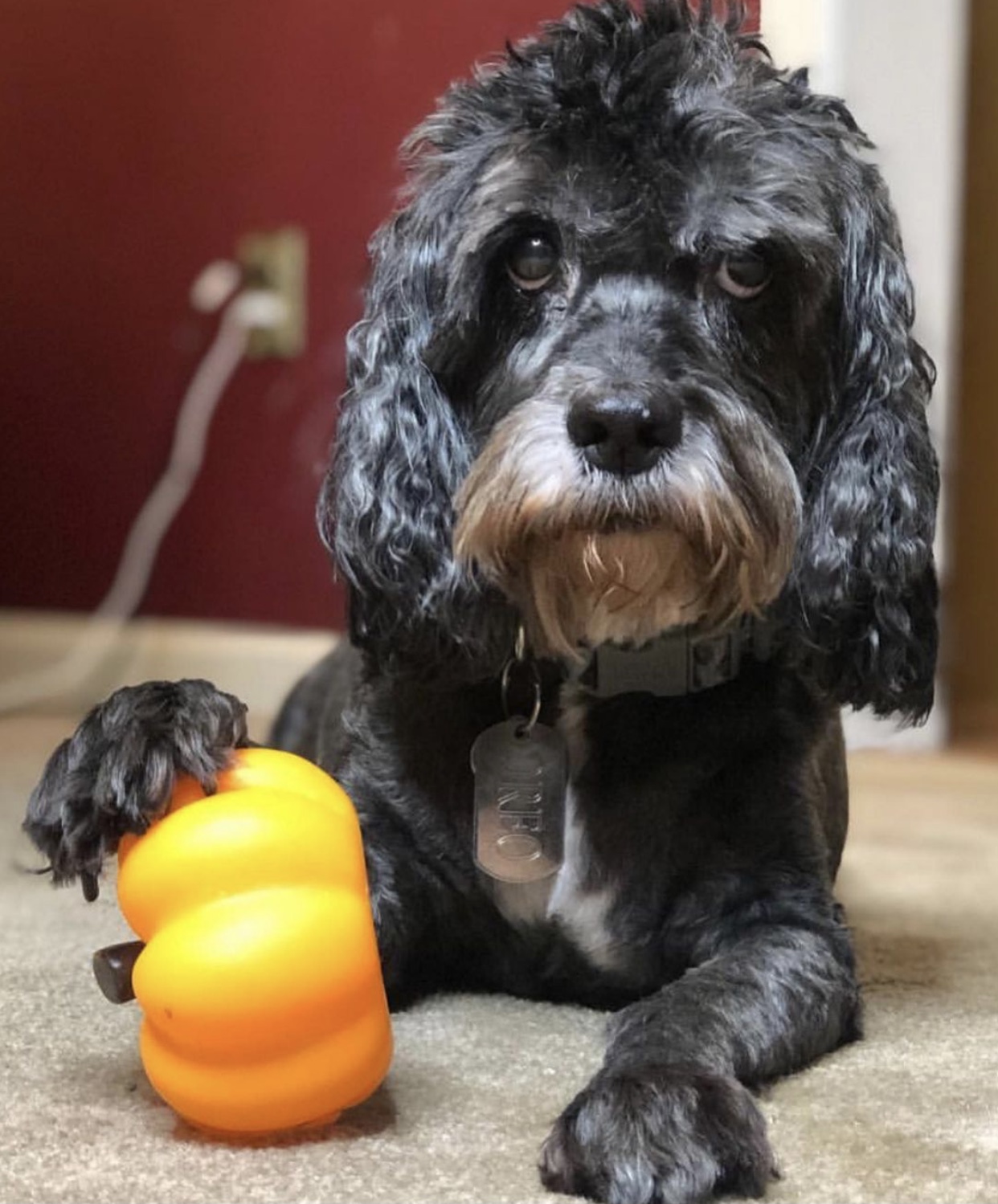
Without going into all of the sad details, by the end of June things got quickly and dramatically worse. I returned to our vet on Thursday 7/1/21 when Oreo was no longer able to stand and was beginning to refuse food. She examined him with the gentleness and extreme care I use when examining newborns in the hospital. She spoke “baby talk” to him the way she always did and gave him a small treat when the exam was over as a reward for his good behavior.
I asked several questions — Did she think he was in pain? How much longer did he have? Was today the day? I just wanted her to tell me what to do. After sharing her professional assessment about Oreo’s condition, she turned to me. She did not tell me what to do. As before, she said that we could decide to allow him to pass naturally or, if we felt he was in pain or if caring for him was too much of a challenge for us, that we could decide to euthanize him. Her assistant provided me with verbal and written information about the various options for euthanasia and sincerely wished us well. When we got home from the appointment, I essentially became Oreo’s hospice nurse. The next day was Friday and I was afraid, because the weekend was approaching and I knew the office would be closed. I called the office a little after 5:00 pm, fearing that I would get a voice mail and would have to figure this out on my own, but her assistant answered the phone. She was finishing up with another patient but promised to call me back. As the hour approached 6:00 I began to feel despondent, but a few minutes later my phone rang and it was her assistant! Her voice was calm and empathetic as she informed me about the options that would be available during the weekend while their office was closed.
Friday night, we knew we could not allow Oreo to suffer any longer. Saturday afternoon (7/3/21), my oldest daughter and I took him to the same Emergency Department we had visited several times before to have him euthanized.
For obvious reasons I will skip ahead to what happened afterward, because this is where the lessons lie.
After the procedure was over the veterinarian asked me if I wanted a hug. She and I were both masked (because… COVID). She declared that she was vaccinated, and I declared that I was as well. I’m not in the habit of hugging strangers, especially during a global pandemic, but I welcomed her tight embrace as I allowed the tears to continue falling. When the hug was over, she looked me in my eye and said 5 words I will never forget, “You did the right thing.”
When we returned a week later to pick up his paw prints and his remains, I was astounded. In a small decorative bag was a beautiful urn, a box that contained his pawprints, a lock of his fur, a brass name plate for the urn, AND two additional items I have never received despite dealing with the death of my mother, my father, and many other close relatives.
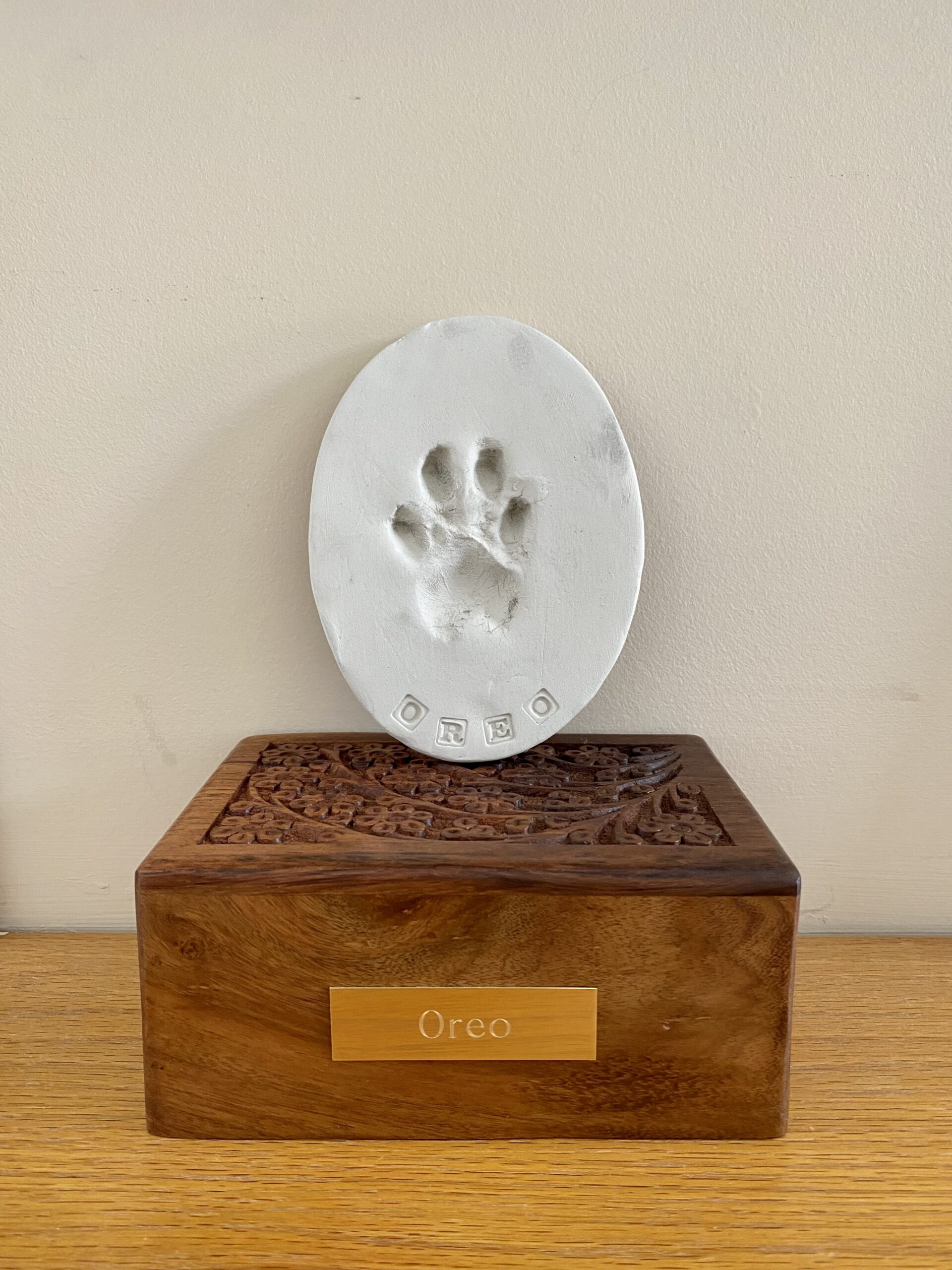
There was a brochure titled “Understanding Grief” and a second brochure titled “Coping with the Loss of a Companion Animal”, both of which not only included useful information to help us understand and manage our feelings but also resources for ongoing support, including a 24/7 grief support line.
My daughters, husband, and I were in disbelief and shock. We were so appreciative of these small, but important gestures and the TLC that was demonstrated by those who cared for Oreo in his last days and hours. And there’s one more thing – 1 week later we received a beautiful sympathy card in the mail from the Emergency Department staff with a hand-written message!
As a physician with over 20 years of experience and as a family member who has experienced profound loss, I keep thinking about how different this experience felt. I continue to reflect on how similar gestures would have been so helpful to me while processing the loss of my parents and other family members. I have also reflected on how I could have done a better job supporting the parents of patients who passed away. I become angry when I realize that in so many ways, those who take care of animals get it right when so many times those of us caring for humans get it wrong.
If you are a healthcare professional, I encourage you to figure out how you can incorporate elements of this experience into your own practice, not just during end-of-life care, but in every interaction with patients and families. How can we demonstrate empathy? When should we remove the barriers of “professionalism” and just give patients a good old-fashioned hug? How can we do a better job following up in the aftermath of tragedy and grief?
If you are a patient or family caregiver, I want you to know that doctors, nurses, and other healthcare professionals genuinely care. We function in a system that chips away at our ability to provide the care you need and deserve, but we must NOT allow that system to degrade our humanity or allow us to forget why we chose a noble helping profession. As I shared in my TEDx talk, it all starts with a 90 Second Encounter TM .
I am grateful for Oreo’s life, for the professionals who provided exceptional medical care, and for the reminder that sometimes the “little things” have a tremendous impact that lasts forever.

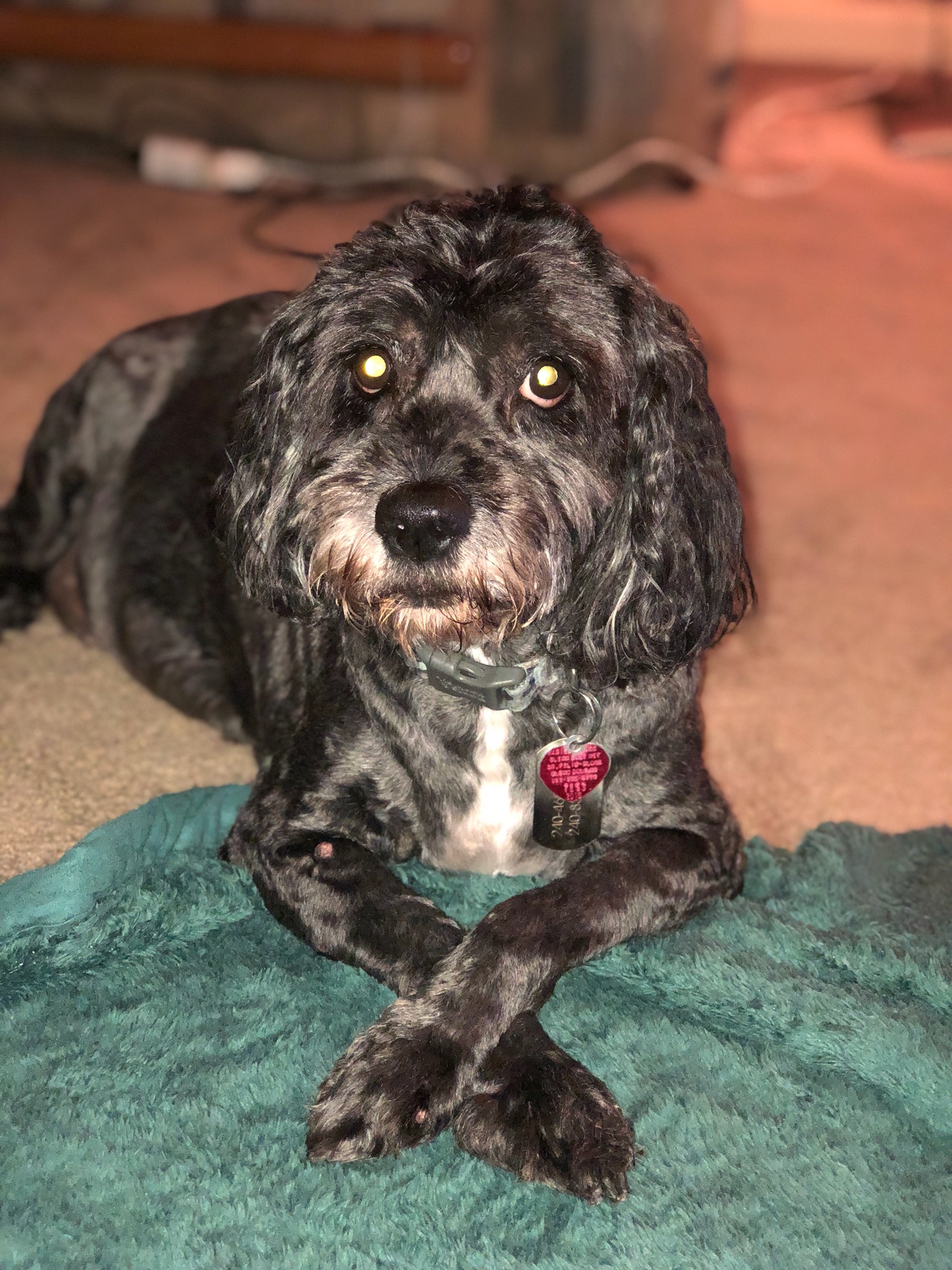


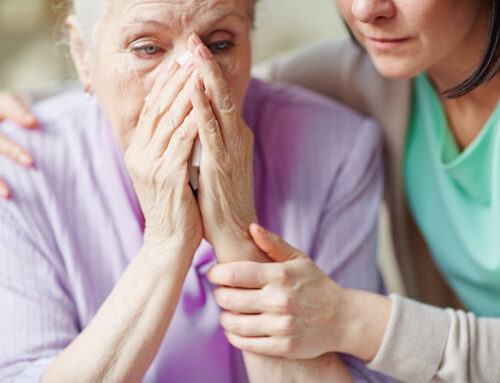

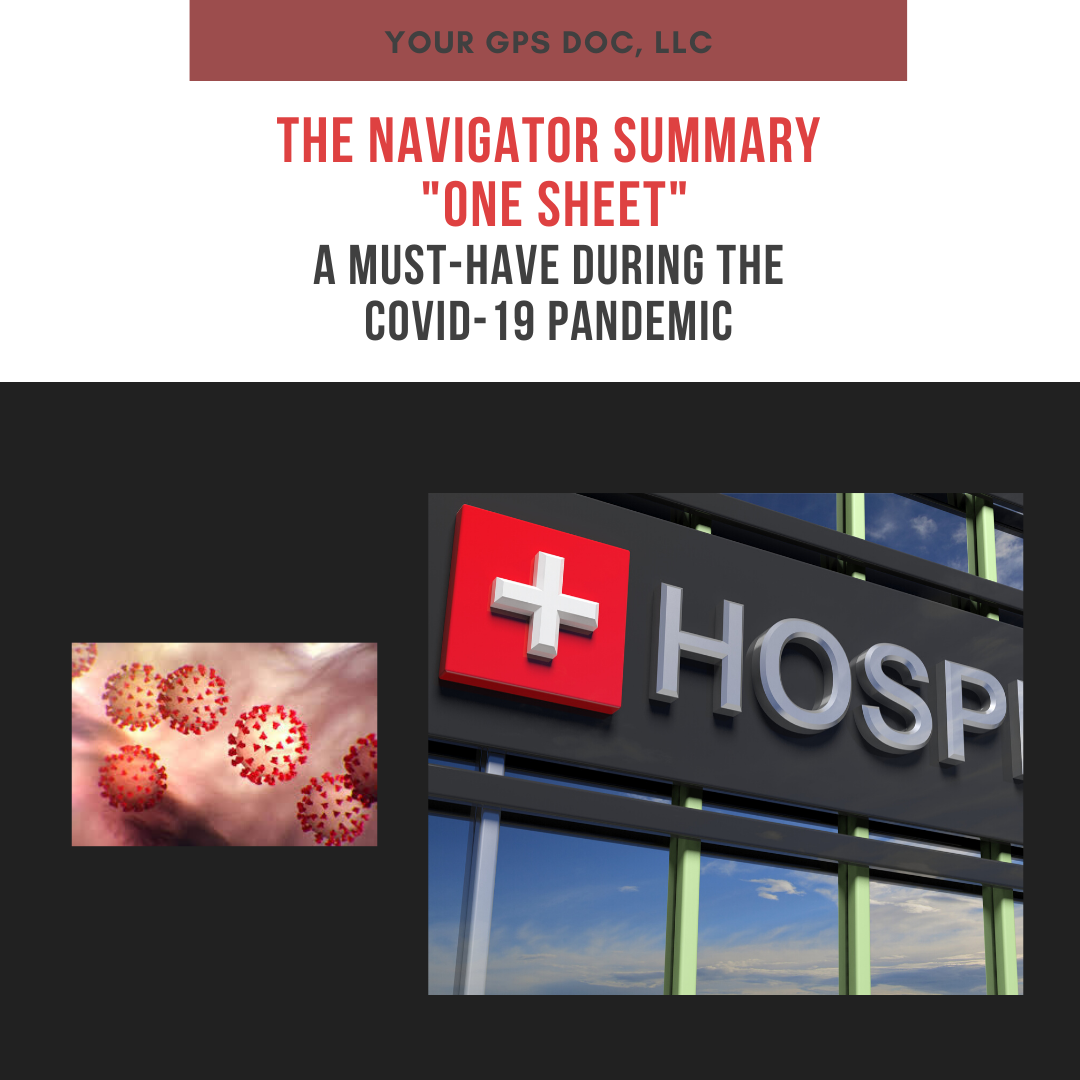

Leave A Comment